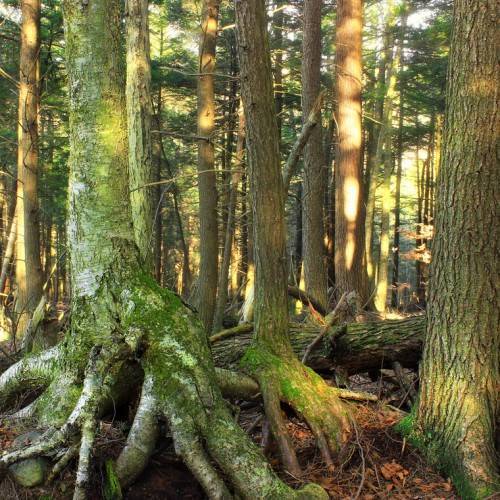
Yellow Birch
Betula alleghaniensis
Also Known As - Swamp Birch,Curly Birch,Gold Birch,Hard Birch,Curly Birch,Gold Birch,Hard BirchWatering:
Frequent
Hardiness Zone:
Sun:
full sun,part shade
Fruits:
Fruits Ready In Fall
Leaf:
Yes
Growth Rate:
Low
Poisonous To Pets:
Yes
Drought Tolerant:
Yes
Salt Tolerant:
Yes
Thorny:
Yes
Invasive:
Yes
Care Level:
Medium
watering
Ottawa Barberry (Berberis xottawensis) should be watered deeply once a week when grown in average-to-dry soil. Water slowly and deeply until the soil is moist but not saturated, making sure that the entire root system is hydrated. During hot and dry weather, the Barberry should be watered more frequently, but it is important to stay consistent in order to avoid over-watering. Discontinue watering during the cold winter months.
sunlight
Ottawa Barberry (Berberis xottawensis) is an adaptable plant species that thrives in full sun to partial shade conditions. In general, the Ottawa Barberry should be grown in partial to full sun, receiving at least 4 to 6 hours of direct sunlight per day. This will ensure the optimum growth and flowering for this variety of Barberry. Partial shade can be provided if the Ottawa Barberry is planted in a location that is exposed to bright, indirect sunlight for most of the day. You can also provide Ottawa Barberry with additional shade during the hottest parts of the day if necessary. In this case, providing shade for up to 4 hours per day should be sufficient.
pruning
Ottawa Barberry can be pruned at any time during the growing season. Pruning in early spring, before new growth occurs, will help to maintain a natural shape. Yearly pruning of the Ottawa Barberry will help promote healthy new growth and reduce the size of the plant. Prune dead or weak stems, as well as any crossing branches, back to an outward-facing bud. Pruning should be done judiciously, with no more than 1-third of the total canopy being removed at 1 time. When pruning semi-mature or mature plants, it is best to start with thinning out the inner foliage and pruning only a few shoots at a time. To create a hedge effect, prune the basal part of the stem more heavily or slightly lower than the external branches.
